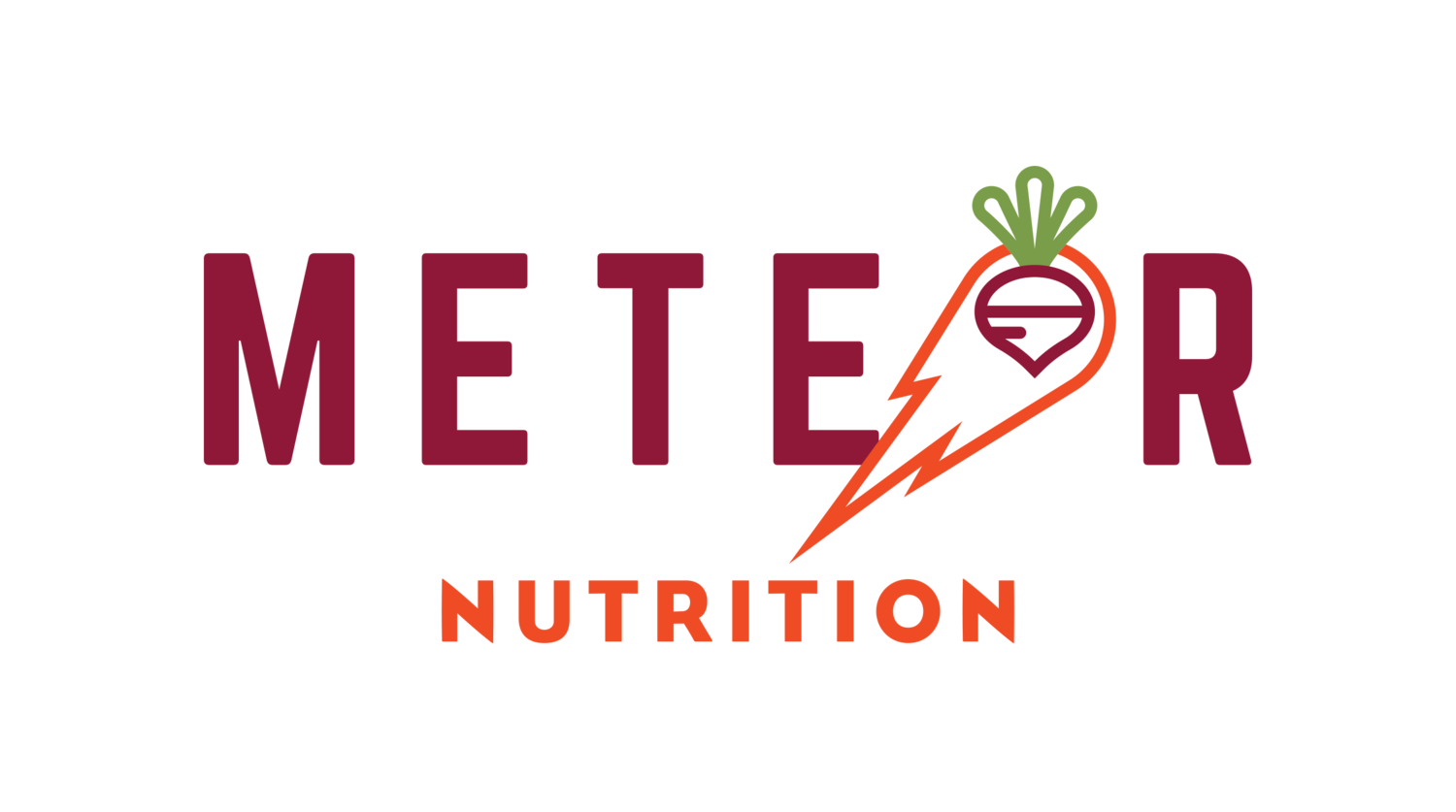Sweat Rate Calculator
Why Should you Sweat Test?
A sweat rate test can help you understand just how much sweat you're losing per hour, which can help guide your hydration strategy in-run, and your post-run rehydration needs. This information is most important for multi-hour athletes (runners training for and competing in distances that are 60-90+min in duration, including half marathons, marathons, and ultramarathon events) and runners who live and train in extreme environments (high heat and/or high humidity)
How can a Sweat Test Keep you Properly Hydrated?
While many athletes can stay properly hydrated by drinking "to thirst", especially in temperate conditions, others may not understand their thirst signals, OR
may be intentionally restricting fluid intake
may be unintentionally underestimating their fluid needs
may underestimate their fluid needs in hot or humid conditions specifically
may not understand the importance of hydration for running performance
It may be necessary for those athletes to drink to a schedule or to intentionally ingest fluids at regular intervals (every 10-20 minutes) during their training sessions in order to stay properly hydrated.
How to Perform a Sweat Test
To calculate your sweat rate do the following on a workout day of one hour in similar conditions temperature-wise to your race location. If not possible, plan to get several checkpoints across your training:
Weigh yourself prior to your one-hour workout (preferably naked for most accurate results).
Calculate in fluid ounces how much water or other fluids you consume during the one-hour workout.
Weigh yourself after the workout (preferably naked for most accurate results).
NOTE: Do not urinate after the start of the test and until you get the final weigh-in value. To stay within your hydration zone, you need the amount of sweat lost, and therefore pounds lost during the workout, to equal your fluid ounces consumed.
Other Considerations:
You should repeat this test once you’ve determined your sweat rate and practiced drinking fluid in the needed amounts throughout your workouts.
If you are racing a longer distance, such as a half ironman, you can perform the test during one to three-hour practice sessions using the same method.
Your sweat rate can change over the length of your training, so performing it periodically will give you the confidence needed on race day to remain within your optimal hydration zone throughout the day!
Exact fluid and electrolyte requirements are going to vary from person to person. Because sweat rates and fluid intake throughout the season vary by athlete and sport, it’s impossible to enforce a one size fits all approach. For athletes, the goal is to prevent more than a 2% drop in body weight from fluid loss.
